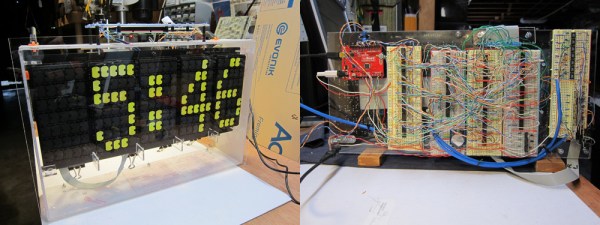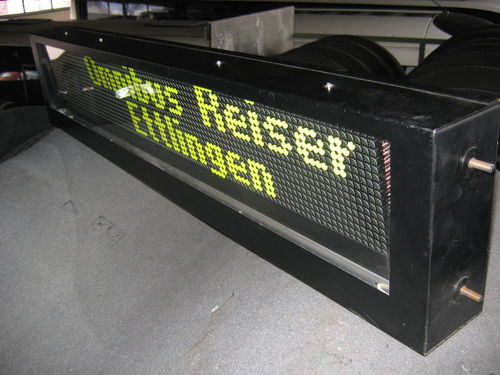Flip dot displays are awesome — too bad it’s so hard to find large panels to play around with, but that’s for another article. [Pierre Muth] has been working to find different and interesting things to do with these flip dots, and he recently explored how you can flip them very very gently.
Now you likely remember [Pierre’s] work from earlier this year where he was pushing the speed of the displays as high as possible. Using a capacitor discharge trick he made it to 30 fps, which absolutely stunning work. This time around he attempted to do something equally impressive by micro-stepping the dots. It’s a bonkers idea and unfortunately didn’t work. It seems the dots are engineered for two steady states and you just can’t get very good performance with the in-between states.
However, along the way he had an a-ha moment. Part of what he wanted to do with the microstepping was to slow down the change of the state and for that, he just grabbed a viscous fluid that’s thicker than air: Vaseline oil. (We’d imagine it’s not the cocoa-scented variety, but who knows?) He’s taken a page out of the mineral-oil-cooled PC sub-genre and applied it to flipdots. But watch the video after the break and you’ll see that the slower animations are super pleasing to watch, and the clickity-clackity that was driving you nuts while trying to works is now whisper quiet. It’s a new dawn for displays.
Continue reading “Giving Flip Dots The Oil Treatment To Shut Them Up”

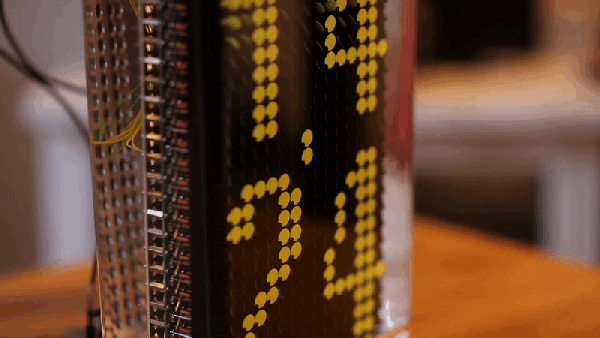

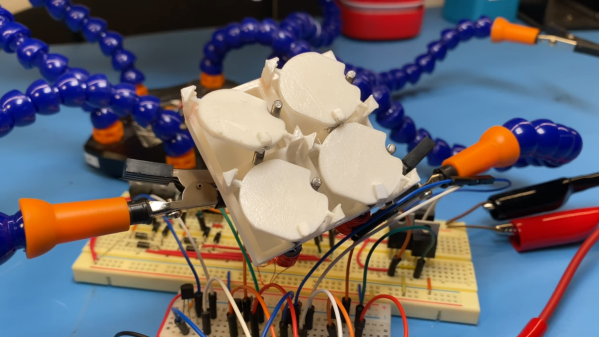
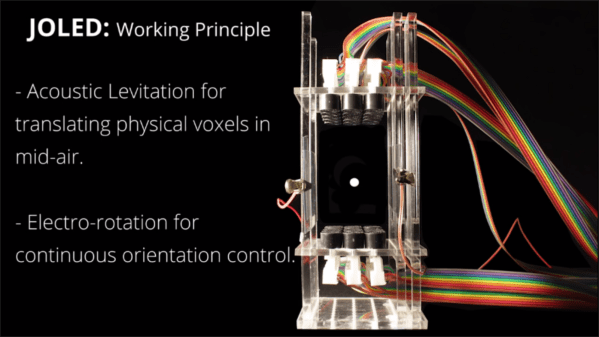
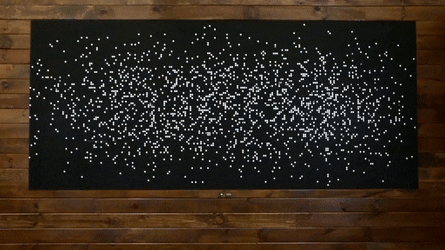
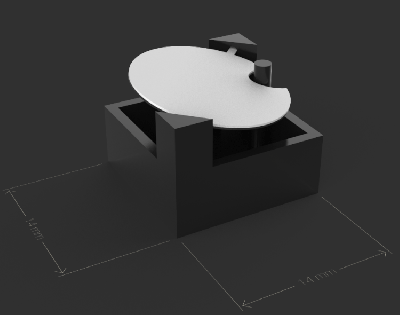 Breakfast, a Brooklyn-based hardware firm known for creative marketing installations, unveiled their
Breakfast, a Brooklyn-based hardware firm known for creative marketing installations, unveiled their 